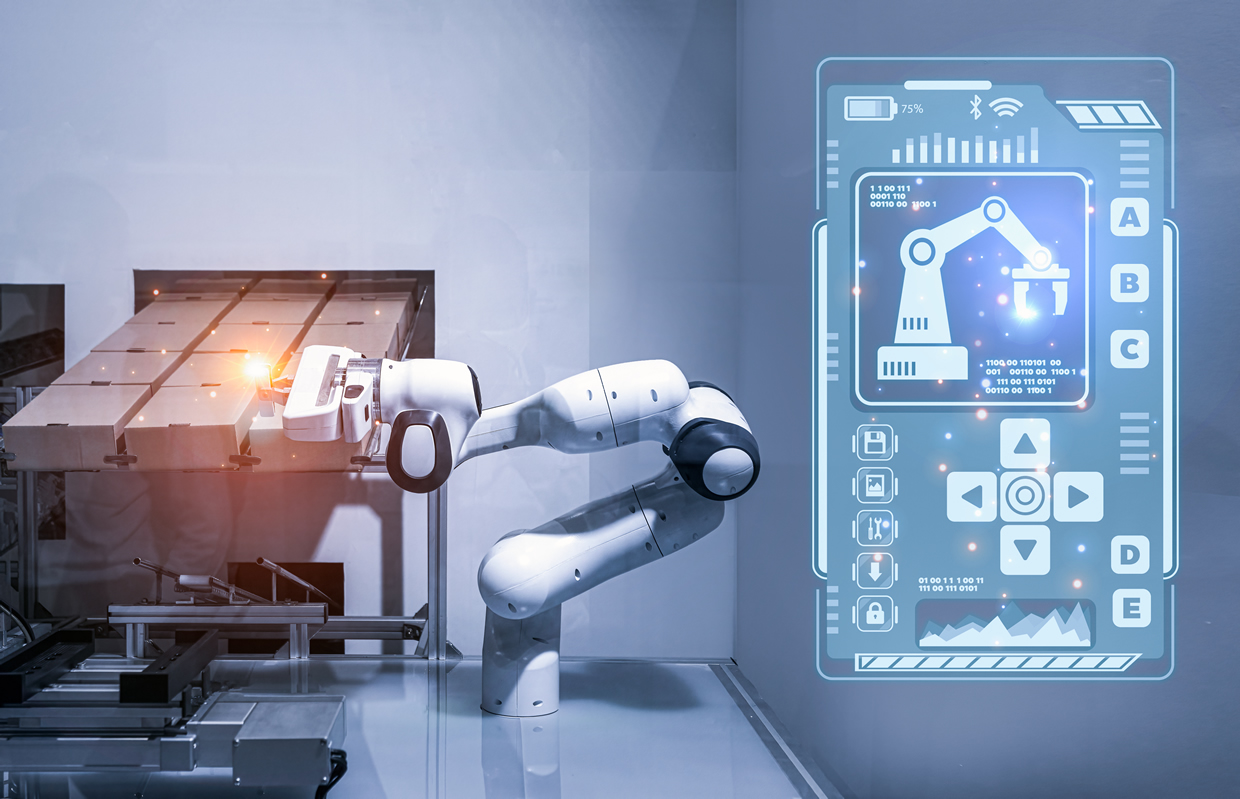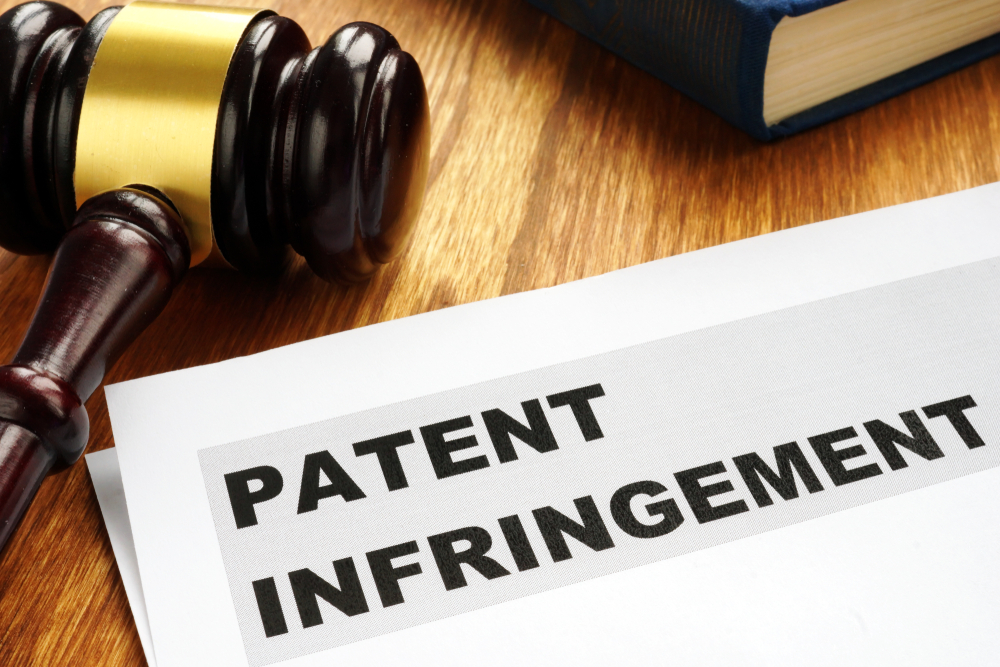When it comes to accessibility in film and television, most people instantly think of subtitles. For decades, subtitles have acted as a bridge between different languages, enabling audiences around the world to enjoy stories that transcend linguistic barriers. However, not all subtitles are made to the same standard. For the Deaf and Hard-of-Hearing (SDH) community, regular subtitles that only translate spoken dialogue are insufficient for delivering a truly inclusive experience. What they need—and have a right to—are subtitles crafted specifically for them: SDH subtitles.
Unlike traditional subtitles, which usually focus on dialogue translation, SDH goes a step further. It captures not just what is said, but also how it is said, and what sounds are present in the environment. A creaking door, the sudden blast of a car horn, or the subtle background of a radio playing—all these auditory cues build the world of the narrative. Without them, a significant part of the storytelling fabric is lost. SDH subtitles aim to restore this missing layer by turning sound into text, allowing Deaf and Hard-of-Hearing audiences to experience audiovisual media on equal footing.
The standards for creating effective SDH subtitles have been refined over the years, shaped by accessibility experts, broadcasters, and feedback from the community itself. At the core lies the principle of clarity. Subtitles must be easy to read, timed precisely with the audio, and displayed long enough to be understood. This seems straightforward, but it requires skill and sensitivity. For instance, speech overlap—when two characters talk at once—needs careful formatting to ensure both voices are represented without confusion. Speaker identification is equally critical: viewers must know who is speaking, especially when the visual context does not make it obvious. Subtitles may use labels like “[John]: I’ll be there soon” to provide clarity.
But what truly distinguishes SDH from regular subtitles is the inclusion of sound descriptions. A good SDH track will note when a phone rings, when thunder rumbles, or when footsteps approach from behind. Importantly, these descriptions are not mere add-ons; they are narrative elements. Consider a thriller where silence builds suspense until the sudden crash of glass shatters it. For a hearing viewer, that moment is heart-stopping. For a Deaf viewer without SDH, it may appear as if nothing significant happened. Adding “[glass shatters loudly]” ensures the dramatic beat lands as intended.
Tone and delivery also matter. If a character whispers menacingly, laughs sarcastically, or shouts in panic, those cues need to be captured. Simply writing “I’m fine” misses the difference between a calm reassurance and a trembling sob. Subtitlers often use brackets or italics—“[whispering] I’m fine”—to preserve emotional nuance. This attention to detail is what makes SDH not just a technical service, but an art form of its own.
Beyond the technical standards, SDH embodies a deeper social responsibility. It is not merely about compliance with regulations or accessibility checkboxes. Rather, it reflects the commitment of creators, distributors, and platforms to inclusivity. According to the World Health Organization, over 430 million people globally live with disabling hearing loss. When content providers neglect SDH, they are effectively excluding a vast audience from cultural participation. Conversely, when SDH is thoughtfully implemented, it signals respect, recognition, and a genuine effort to make media universal.
There are, of course, challenges. Creating high-quality SDH requires time, expertise, and investment. Automated subtitle tools, while improving, often fall short in capturing the richness of sound descriptions or the subtleties of tone. Professional subtitlers bring cultural sensitivity and human judgment that machines cannot yet replicate. Another challenge is consistency: standards may differ across countries, platforms, or production houses, leading to uneven quality. Advocates argue for more unified guidelines to ensure that viewers everywhere receive the same inclusive experience.
Technology, however, is helping close these gaps. Advances in AI-driven speech recognition and sound detection are making it easier to generate drafts of SDH tracks, which professionals can then refine. Streaming platforms are also more committed than ever to accessibility, partly due to audience demand and partly due to legislation. These trends suggest that the future of SDH may become not just more widespread, but more seamless and integrated.
Ultimately, the question we must ask is simple: what does it mean to make media inclusive? If storytelling is about sharing human experiences, then it should never exclude those whose only barrier is hearing. SDH subtitles are a small but powerful step toward that vision. They transform sound into words, silence into meaning, and exclusion into belonging. For the Deaf and Hard-of-Hearing community, they open doors not only to entertainment but also to participation in a shared cultural conversation.
In that sense, SDH is more than a technical feature. It is an ethical choice, a reminder that accessibility is not optional, but essential. Every creak, laugh, and whisper matters. And when those moments are faithfully conveyed on screen, we move closer to a world where stories are truly for everyone.











